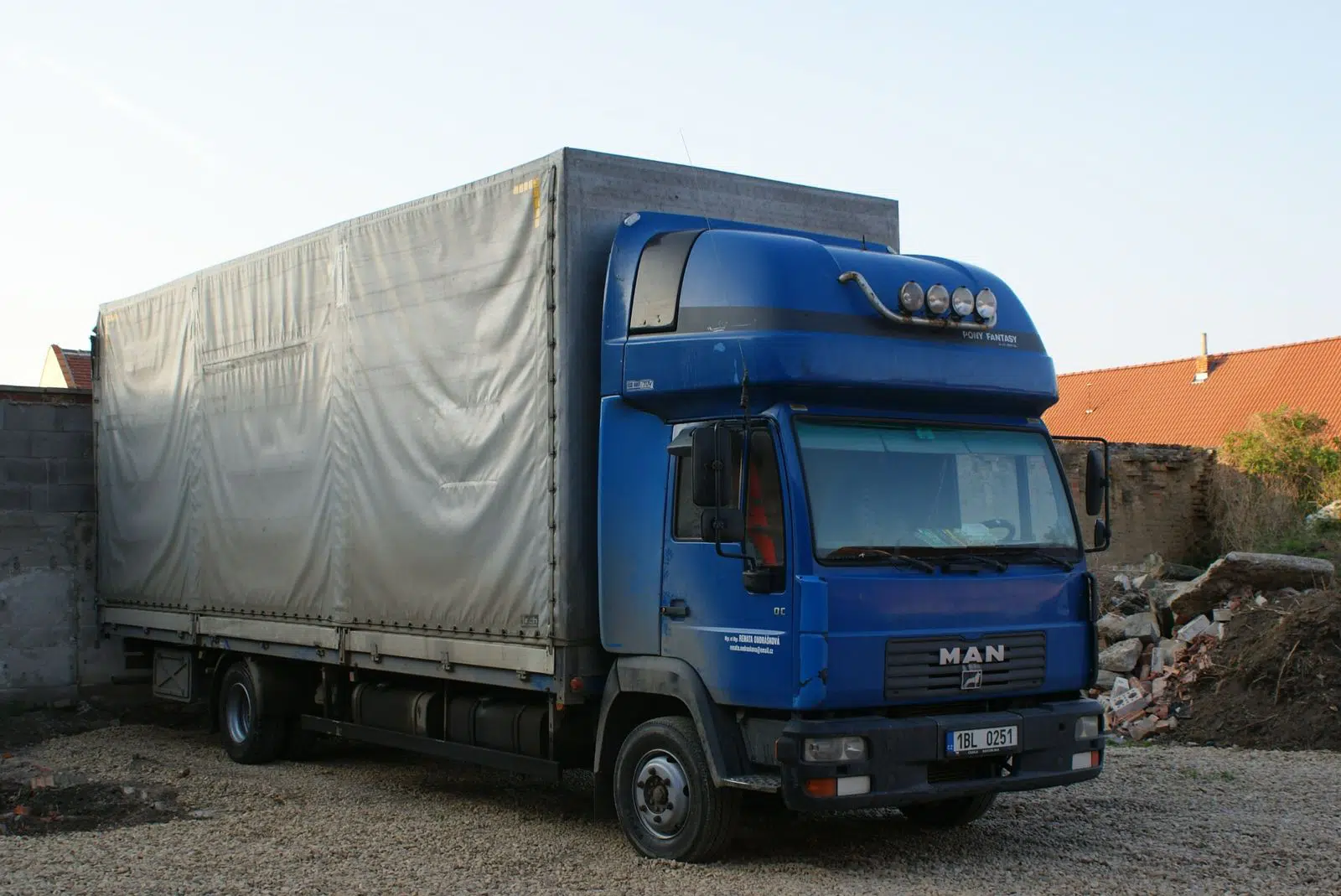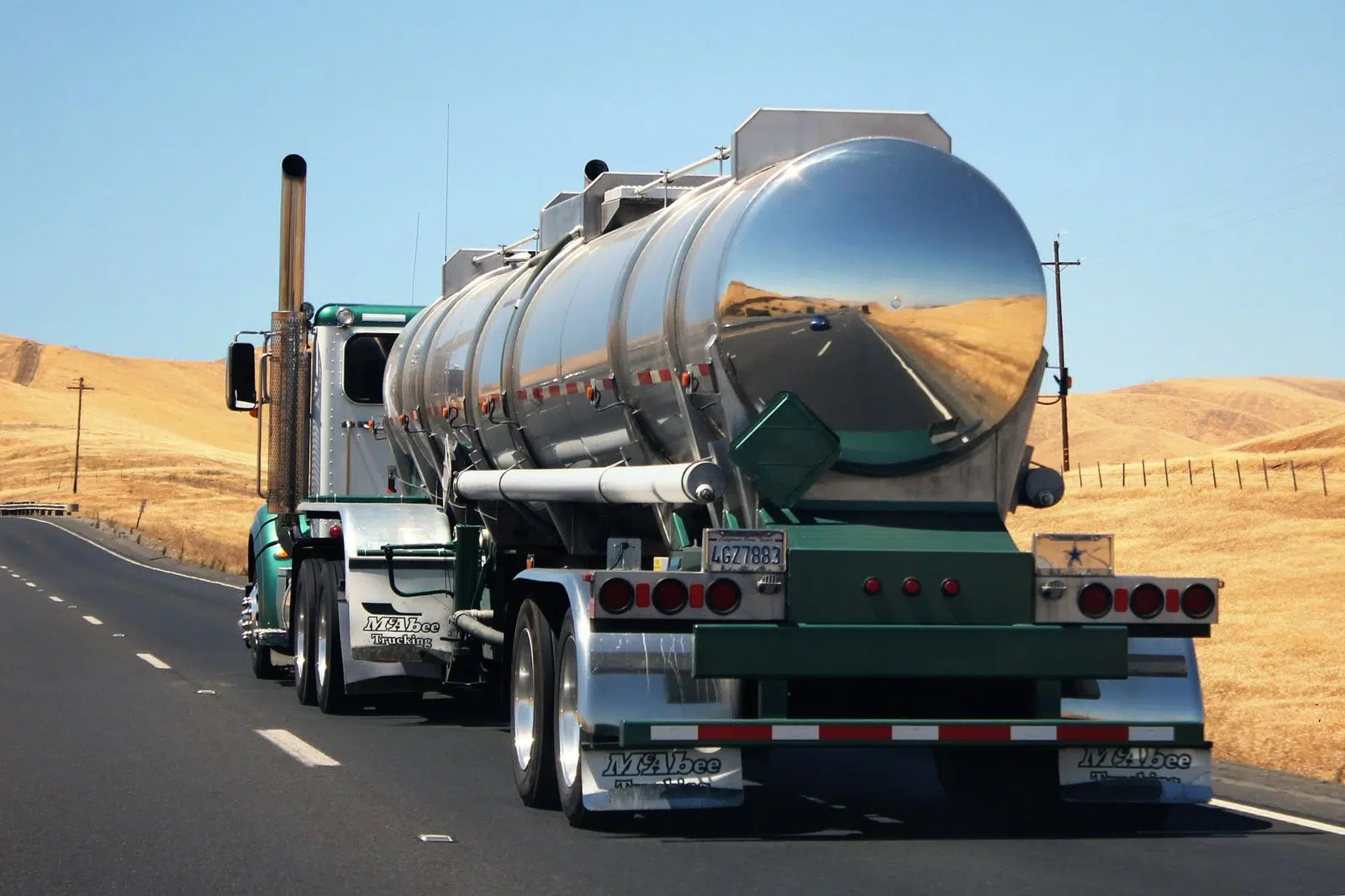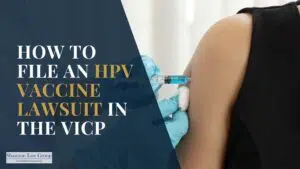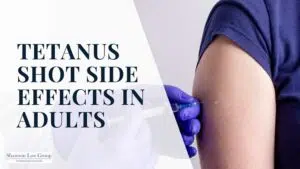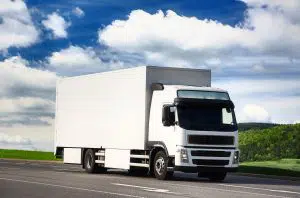
For example, the National Highway Traffic Safety Administration defines a large truck as having “a gross vehicle weight rating (GVWR) greater than 10,000 pounds” in its Fatality Analysis Reporting System.2
According to the Insurance Institute for Highway Safety (IIHS), “most deaths in large truck crashes are passenger vehicle occupants.”1 This happens because trucks “often weigh 20-30 times as much as passenger cars and are taller with greater ground clearance,” which leaves smaller vehicles vulnerable to underriding trucks in crashes.1
Here is a starter list of 5 large trucks and the hazards they can pose:
1. Tractor-Trailers
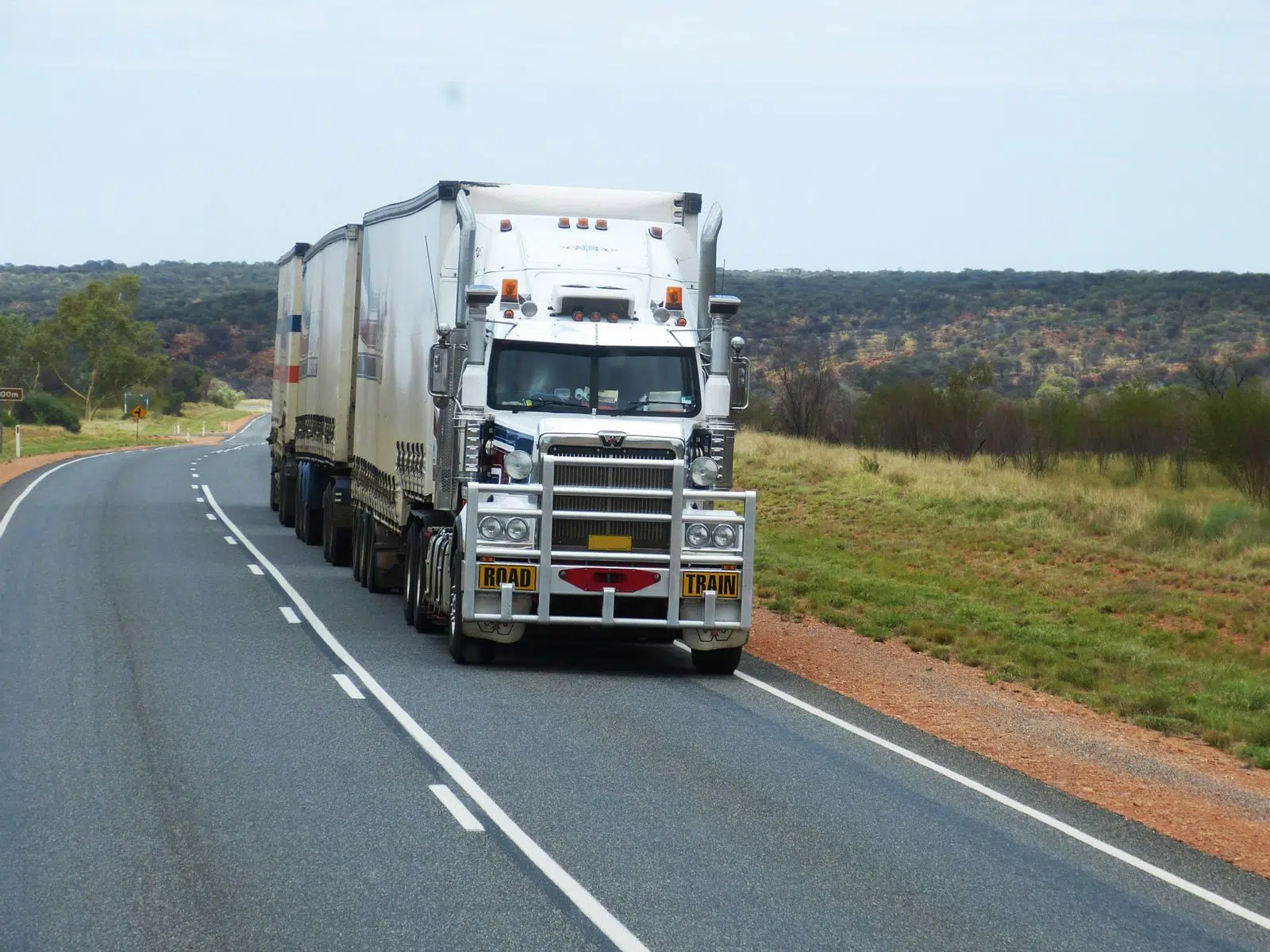
These 18-wheelers are prone to rolling over due to their high center-of-gravities. They also have bigger blind spots called “no-zones,” which extend several feet away from all sides of the tractor-trailer.
2. Flatbed Trucks
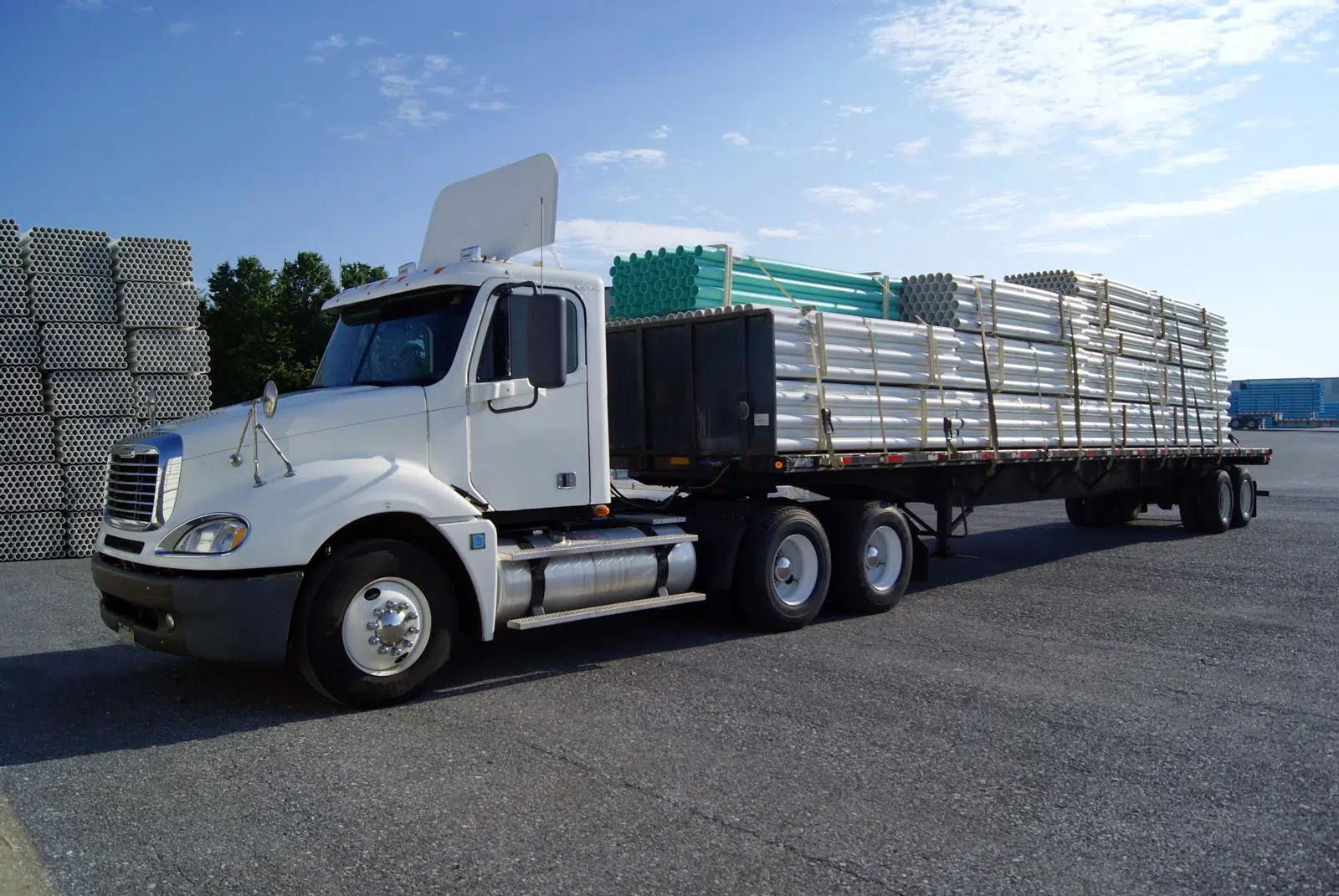
Sometimes, cargo on flatbed trucks is not loaded or secured properly, making it susceptible to flying off and hitting other vehicles on the road. Especially if the cargo is obstructing the driver’s vision, these trucks also have several blind spots. Just like tractor-trailers, flatbed truck drivers need must always be alert as they need more distance to brake as well.
3. Dump Trucks & Garbage Trucks
Dump trucks typically carry sand, gravel, or dirt to a construction site. These materials are often covered with a tarp, but sometimes they are not. If involved in a crash, the contents of a dump truck may be scattered across the road and can potentially bury other cars. These trucks have large blind spots.
Garbage trucks are often seen in residential areas, which increases their likelihood of hitting a pedestrian, bicyclist, or another passenger car. They also have large blind spots and limited view.
4. Box Trucks
Also known as cube trucks or box vans, box trucks are bulky. Delivery companies like UPS typically use them, but they’re also used as moving vans and have a roll-up door in the rear.
These vehicles are prone to rollover accidents due to their high center-of-gravities. Box truck drivers also have a hard time seeing the back of the truck. Changing lanes in these vehicles is very challenging for a professional driver.
5. Tanker Trucks
Designed to carry liquids or gases (including hazardous material), tanker trucks can vary in size. The largest tanker trucks share the same classification with tractor-trailers.
The larger a tanker truck is, the more prone it is to rolling over, which can be very dangerous if it is carrying flammable liquid or gas.
Seriously Injured in a Large Truck Crash? We Can Help
If a large truck has seriously injured you or someone you love, our experienced attorneys at Shannon Law Group, P.C., are ready to help. You can start by filling out our online contact form.
You can also call us at (312) 578-9501 or toll-free at (886) 881-9980. One of our team members will be in touch with you shortly. A free, no obligation consultation is available as well.
References:
|
Schedule Your Free Consultation Today


